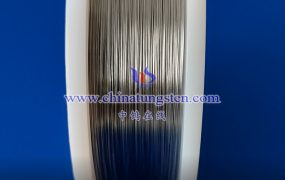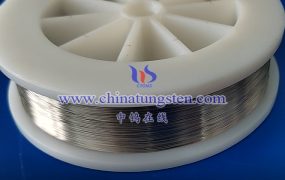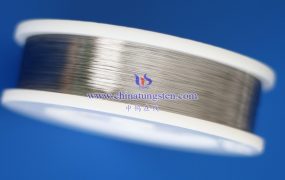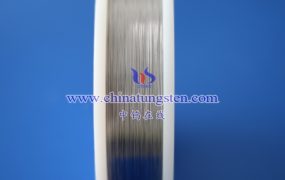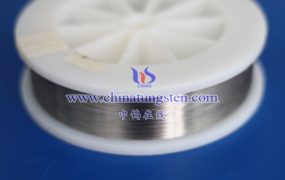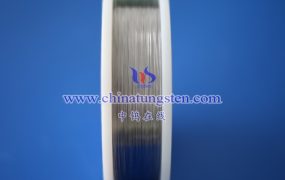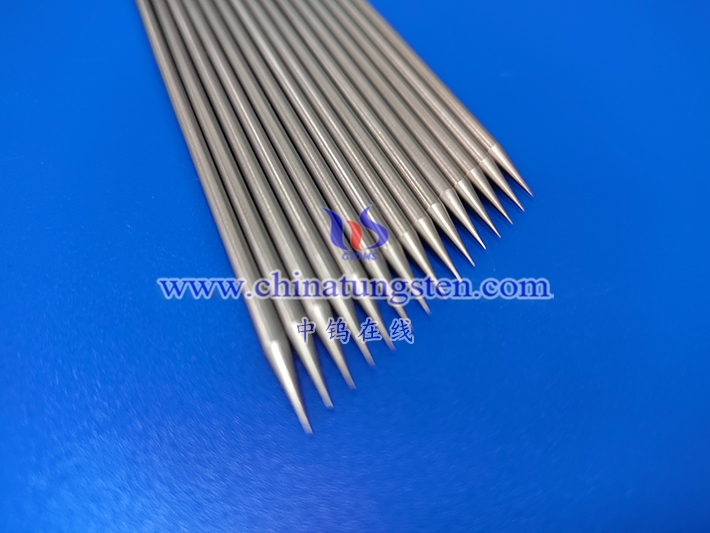
Tungsten needle surface coating can have a significant effect on their ability to detect specific molecules in microscale biosensing applications. Coatings can modify the surface properties of the tungsten needle, such as the charge, hydrophobicity, and chemical functionality, which can impact the selectivity, sensitivity, and stability of the biosensing platform.
For example, tungsten needles coated with a layer of gold nanoparticles can enhance the sensitivity of surface-enhanced Raman spectroscopy (SERS) biosensors by several orders of magnitude, due to the unique optical and surface properties of gold nanoparticles. Other coatings, such as graphene oxide or self-assembled monolayers (SAMs) of different chemical functionalities, can also improve the selectivity of biosensors by enabling specific molecular interactions with the target analytes.
Overall, tungsten needles can be a versatile and effective platform for microscale biosensing, and their performance can be further improved by selecting appropriate surface coatings.
